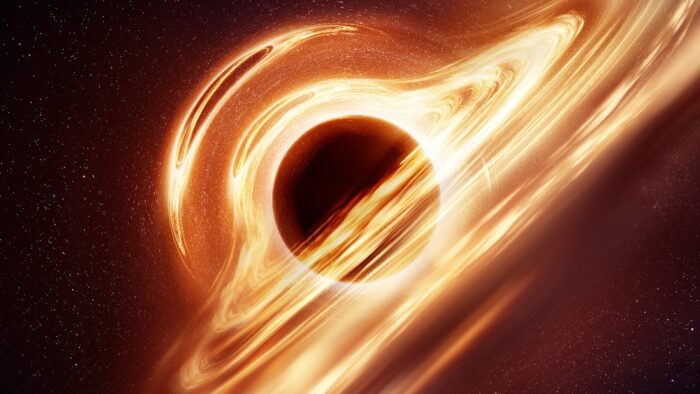Jun 02 2023
Everything Will Evaporate

What will be the ultimate fate of our universe? There are a number of theories and possibilities, but at present the most likely scenario seems to be that the universe will continue to expand, most mass will eventually find its way into a black hole, and those black holes will slowly evaporate into Hawking Radiation, resulting in what is called the “heat death” of the universe. Don’t worry, this will likely take 1.7×10106 years, so we got some time.
But what about objects, like stellar remnants, that are not black holes? Will the ultimate fate of the universe still contain some neutron stars and cold white dwarfs that managed to never get sucked up by a black hole? To answer this question we have to back up a bit and talk about Hawking Radiation.
Stephen Hawking famously proposed this idea in 1975 – he was asked if black holes have a temperature, and that sent him down another type of hole until Hawking Radiation popped out as the answer. But what is Hawking Radiation? The conventional answer is that the vacuum of space isn’t really nothing, it still contains the quantum fields that make up spacetime. Those quantum field do not have to have zero energy, and so occasionally virtual particles will pop into existence, always in pairs with opposite properties (like opposite charge and spin), and then they join back together, cancelling each other out. But at the event horizon of black holes, the distance at which light can just barely escape the black hole’s gravity, a virtual pair might occur where one particle gets sucked into the black hole and the other escapes. The escaping particle is Hawking Radiation. It carries away a little mass from the black hole, causing it to glow slightly and evaporate very slowly. This evaporation gets quicker as the black hole becomes less massive, until eventually it explodes in gamma radiation.
The problem with that explanation is that it’s not really true, and never was. This is more of a story that Hawking told to keep the rubes like us happy, people who don’t understand the math involved. Perhaps he thought it was close enough, and unless you are a quantum physicist who can follow the math it’s as close as we’ll ever get to understanding what’s going on. But I hate the fact that I had this explanation in my head for literally decades, and real scientists knew the whole time it wasn’t really true. Ack.
Or at least, the explanation is incredibly incomplete. Here is a more accurate explanation:
“The quantum fields in empty space obey Heisenberg’s uncertainty principle, which means there is a limit to the certainty with which we can know their energy, or the time at which a specific energy can be assigned to them. Since a gravitational field bends space-time and affects the local passage of time, this means that regions of space-time with different gravitational curvatures cannot agree on the energy of the quantum fields. It is this difference in the energy of the vacuum at different locations in the gravitational field of a black hole that creates so-called ‘virtual particles’.”
Hawking Radiation therefore has more to do with general relativity and the curvature of spacetime at different locations. I guess that’s my new placeholder, since I still can’t follow the math. The reason for making this distinction is because it relates to a very important question – does Hawking Radiation require an event horizon? According to the older metaphor, yes, it would. But according to this new lay-person explanation, perhaps not. Now we have to update what we think Hawking Radiation is because, apparently, it doesn’t require an event horizon. Here is the technical summary, if you need your daily dose of scientific humility:
We present a new avenue to black hole evaporation using a heat-kernel approach analogous as for the Schwinger effect. Applying this method to an uncharged massless scalar field in a Schwarzschild spacetime, we show that spacetime curvature takes a similar role as the electric field strength in the Schwinger effect. We interpret our results as local pair production in a gravitational field and derive a radial production profile. The resulting emission peaks near the unstable photon orbit. Comparing the particle number and energy flux to the Hawking case, we find both effects to be of similar order. However, our pair production mechanism itself does not explicitly make use of the presence of a black hole event horizon.
Bottom line – no event horizon necessary. All you need is good old-fashioned general relativity spacetime curvature. This can happen even with objects like stellar remnants that are not black holes. So in that distant heat death scenario, everything will eventually evaporate.






